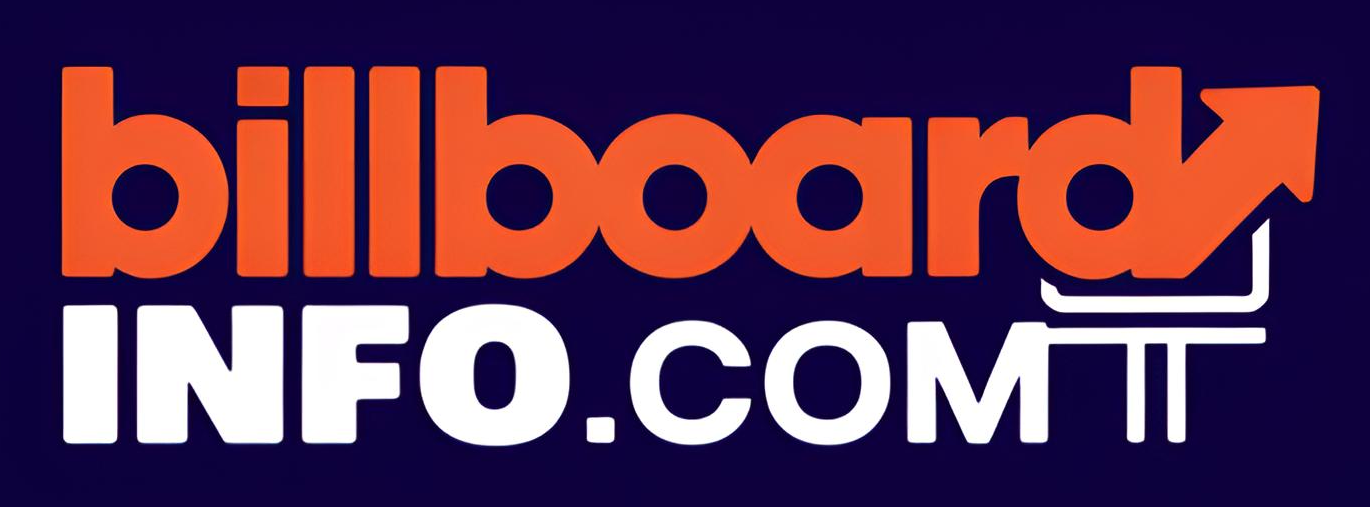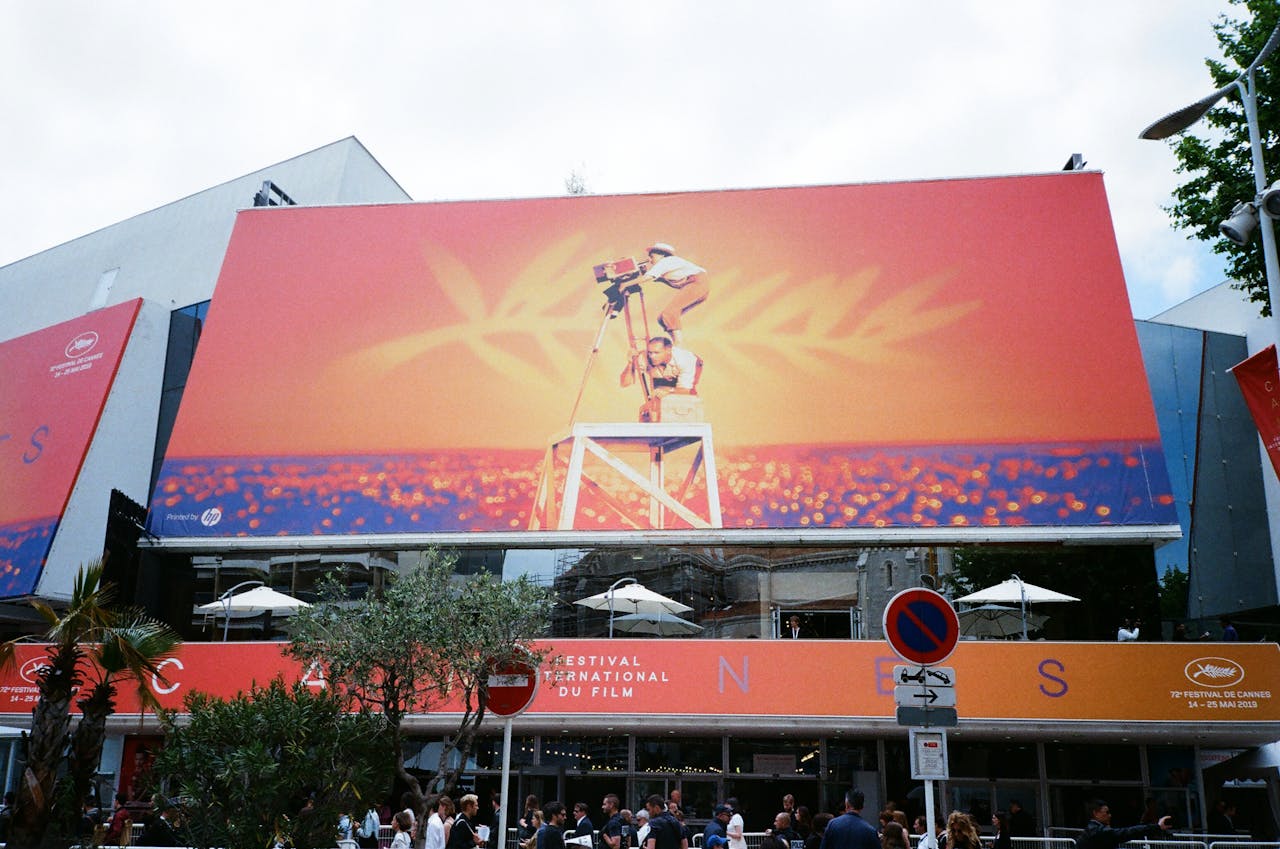Outdoor advertising is one of the oldest and most effective ways to connect with audiences. Billboards, in particular, have stood the test of time, offering brands a massive canvas to deliver their messages to people on the go. But while a well-designed billboard can certainly capture attention, the true power of billboard advertising lies in one critical element: location. The placement of a billboard can make all the difference between an ad that fades into the background and one that drives results. This article explores the science behind billboard placement, why location matters so much, and how businesses can leverage the right spots for maximum impact.
Why Location Matters
When it comes to billboards, placement isn’t just about finding an open spot in the city; it’s about strategically positioning the ad where it will reach the right people at the right time. Simply put, the success of a billboard is deeply tied to its location—how visible it is, who will see it, and how often. Billboards are unique in that they connect with people in real-time, whether they’re driving, walking, or waiting for a bus. The right location ensures that your message hits the target audience, whether they are potential customers commuting to work or tourists exploring a new city.
In fact, studies have shown that outdoor advertising can be incredibly effective, with one report estimating that 71% of people are influenced by billboard ads when making decisions. The key to harnessing this power lies in choosing the perfect spot to place your ad.
High-Traffic Areas: Maximizing Visibility
One of the most critical factors in choosing a billboard location is traffic. Whether it’s foot traffic or vehicle traffic, the more people that pass by your billboard, the higher the likelihood your message will resonate. For this reason, billboards placed in busy, high-traffic areas are often the most valuable.
For instance, placing a billboard on a busy highway ensures that drivers and passengers have multiple chances to see the ad. In urban centers, billboards located near main roads, busy intersections, or near major public transportation hubs can capture the attention of pedestrians, drivers, and commuters alike.
Location is especially crucial for targeting specific types of audiences. A billboard advertising a retail store could see great results when placed near shopping malls, residential areas, or busy commercial districts. Alternatively, an ad for a restaurant might be best positioned near a highway exit or a popular downtown area where people are likely to make spur-of-the-moment dining decisions.
Billboard placement in high-traffic areas not only increases visibility but also improves the potential for engagement. If your ad is visible to thousands of people each day, the chances of them engaging with your brand, visiting your website, or making a purchase are significantly higher.
The Power of Proximity: How Nearby Locations Boost Effectiveness
Billboards are often most effective when they are placed in close proximity to the point of sale, creating a direct connection between the advertisement and the desired action. For example, a fast-food restaurant might place a billboard near a highway exit, encouraging drivers to pull over for a quick meal. A gym may place an ad near a residential neighborhood, targeting people who live nearby and are most likely to walk by.
The proximity of a billboard to the relevant business or location creates an easy link between the ad and the consumer’s next step. It serves as a reminder that the product or service is nearby and can be accessed quickly, tapping into the consumer’s need for convenience.
This principle is also effective in promoting events or services that require immediate attention. For instance, a billboard for a local concert can be placed near the venue, capturing the attention of potential attendees who may have been unaware of the event but now have a convenient opportunity to attend.
Understanding Audience Behavior: The Role of Demographics
Another layer to the science of billboard placement is understanding your target audience and how their behavior aligns with specific locations. While high traffic is important, the key to success is placing your billboard where the right people will see it.
Billboard placement becomes much more effective when tailored to specific demographic groups. For example, a luxury car brand might want to place billboards in affluent neighborhoods or near upscale shopping areas, ensuring that their target audience—potential buyers with high purchasing power—sees the ad. Similarly, a brand targeting a younger, more urban audience could opt for locations near universities, trendy neighborhoods, or concert venues, where young professionals and students are likely to be.
In some cases, digital billboards can further enhance this precision. With the ability to update messages based on time of day, weather, or even the location of the viewer, digital billboards allow advertisers to serve specific messages to specific audiences. For example, an ad for a clothing store might show swimsuits in the summer and winter coats during the colder months, ensuring that the billboard stays relevant and timely for local residents.
Maximizing Impact with Timing and Frequency
Beyond placement, the timing and frequency with which an ad is viewed also play an important role in its effectiveness. Billboards in high-traffic areas, while offering a high degree of visibility, also need to be seen often enough to make an impact. A billboard near a busy intersection or highway is valuable because people pass by regularly, giving them multiple chances to absorb the message. Repetition is crucial in outdoor advertising, and billboards positioned in places where drivers and pedestrians see them consistently over time increase the likelihood of the ad being remembered.
In addition to this, the time of day that a billboard is seen can also influence its effectiveness. Billboards in commuter-heavy areas may see the highest engagement during rush hour, while others might be more impactful at night when people are out on the town. Understanding the times when your target audience is most likely to be in certain areas can help ensure that your message reaches them at the ideal moment.
The Role of Environmental Context
Billboards aren’t just about the space they occupy—they also need to blend into their surroundings to be effective. The environmental context of the location can impact how an ad is perceived. For example, a billboard advertising a serene vacation resort will resonate more if it is placed in a natural, scenic area than if it is positioned in the heart of a bustling city center.
In some cases, billboards are designed to complement their surroundings. Digital billboards in entertainment districts, for instance, might be brightly colored and dynamic, drawing attention with their vibrant visuals, while billboards in more subdued, residential areas could use more muted tones and less flashy designs to blend in with the environment.
Conclusion: The Art and Science of Billboard Placement
Billboard placement is a science that requires a keen understanding of human behavior, traffic patterns, demographics, and the specific goals of an advertising campaign. A strategically placed billboard can reach thousands of people, engage them with a relevant message, and drive them to action. Whether it’s in a high-traffic urban area, near a point of sale, or strategically placed to tap into a specific audience, the right location can make or break a campaign.
For brands looking to maximize their impact, it’s not just about having a great ad—it’s about ensuring that the ad reaches the right people at the right time, in the right place. By considering factors like proximity to the business, audience behavior, and environmental context, marketers can unlock the true potential of billboard advertising and create campaigns that deliver real results.


